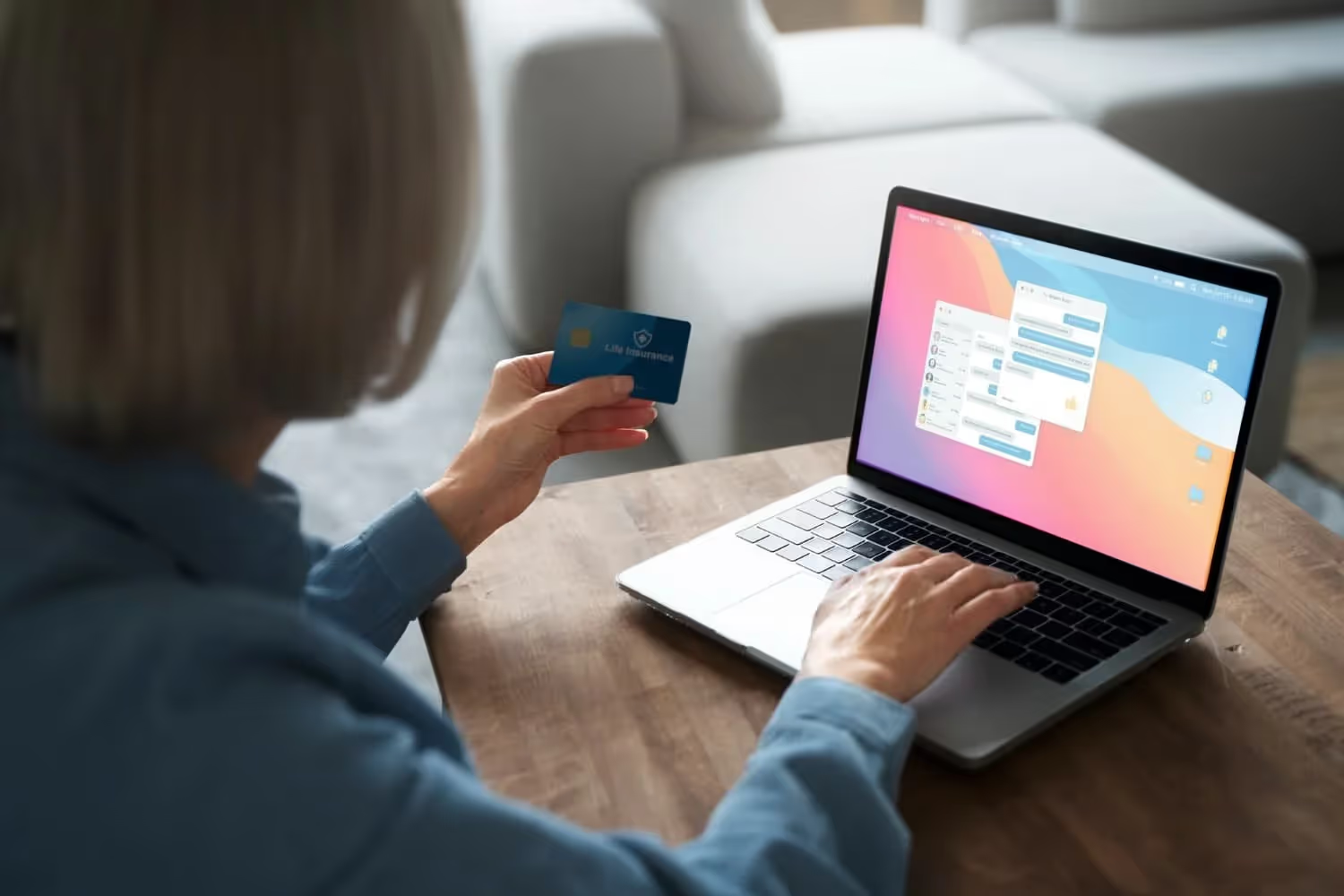Why Use QR Codes in Healthcare: 9 Reasons
QR Codes continues to improve communication, transparency, and the availability of information between healthcare providers and patients themselves. Let’s look at how QR codes continue to revolutionize the medical field.
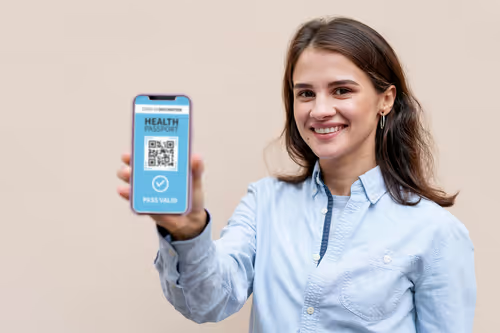
According to a 2022 study, 41% of purchases made by Americans aren’t paid with cash. Meanwhile, 85% of Americans say they do carry a smartphone. And as most may know, the ability to make payments on those phones is now easier than ever. Especially by using QR codes.
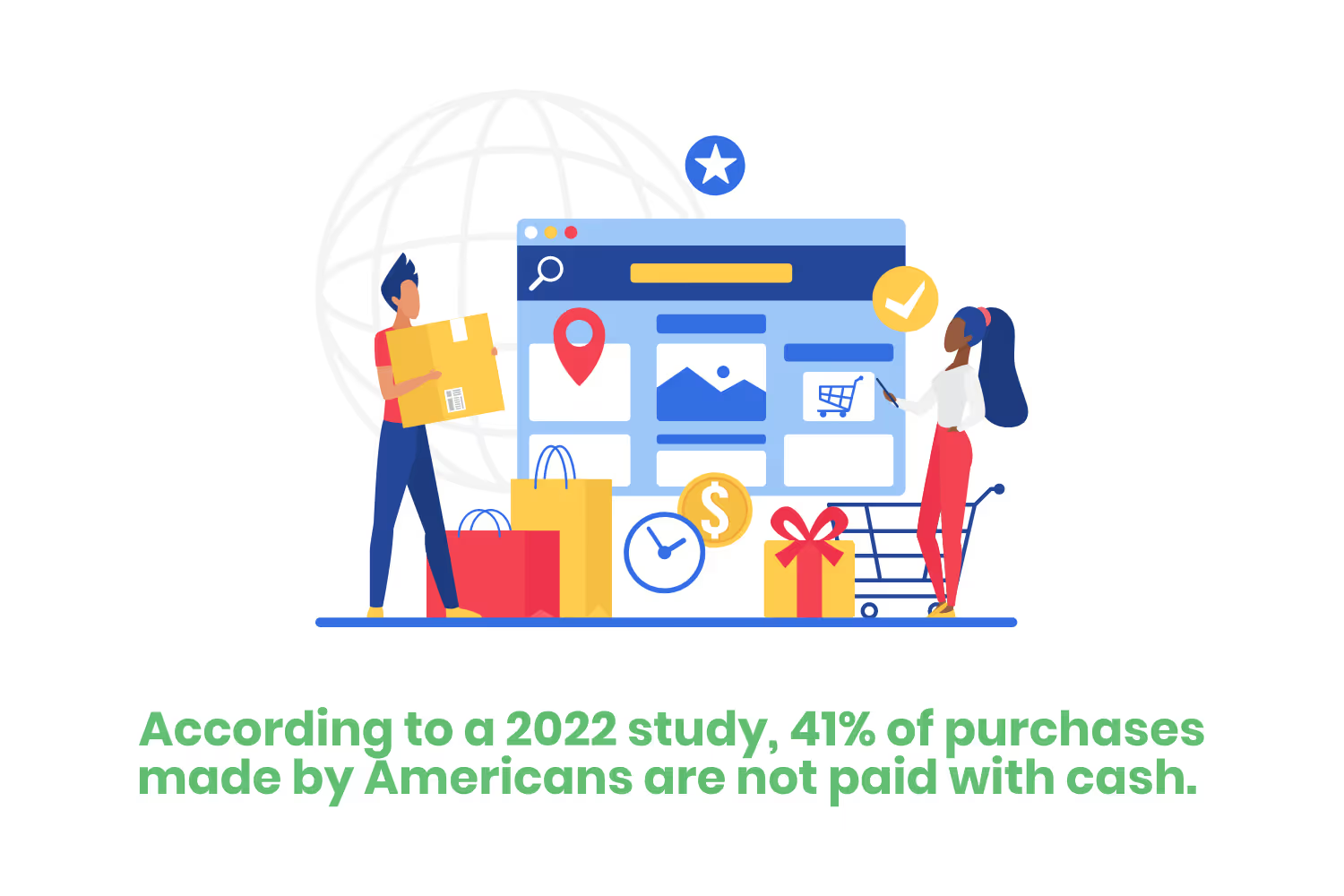
Accessing more convenient ways to make payments isn’t the only benefit of these little pixelated squares. The use of QR codes in the healthcare industry has introduced a new and more efficient method of patient care.
This technology continues to improve communication, transparency, and the availability of information between healthcare providers and patients themselves. Let’s look at how QR codes continue to revolutionize the medical field.
What are QR Codes?
Let’s start with the basics. The “QR” in QR code stands for "Quick Response." This is a type of barcode read by a digital device, such as a smartphone. The barcode stores information in a series of pixels within a square grid. This information can include website URLs, phone numbers, or up to 4,000 characters of text.
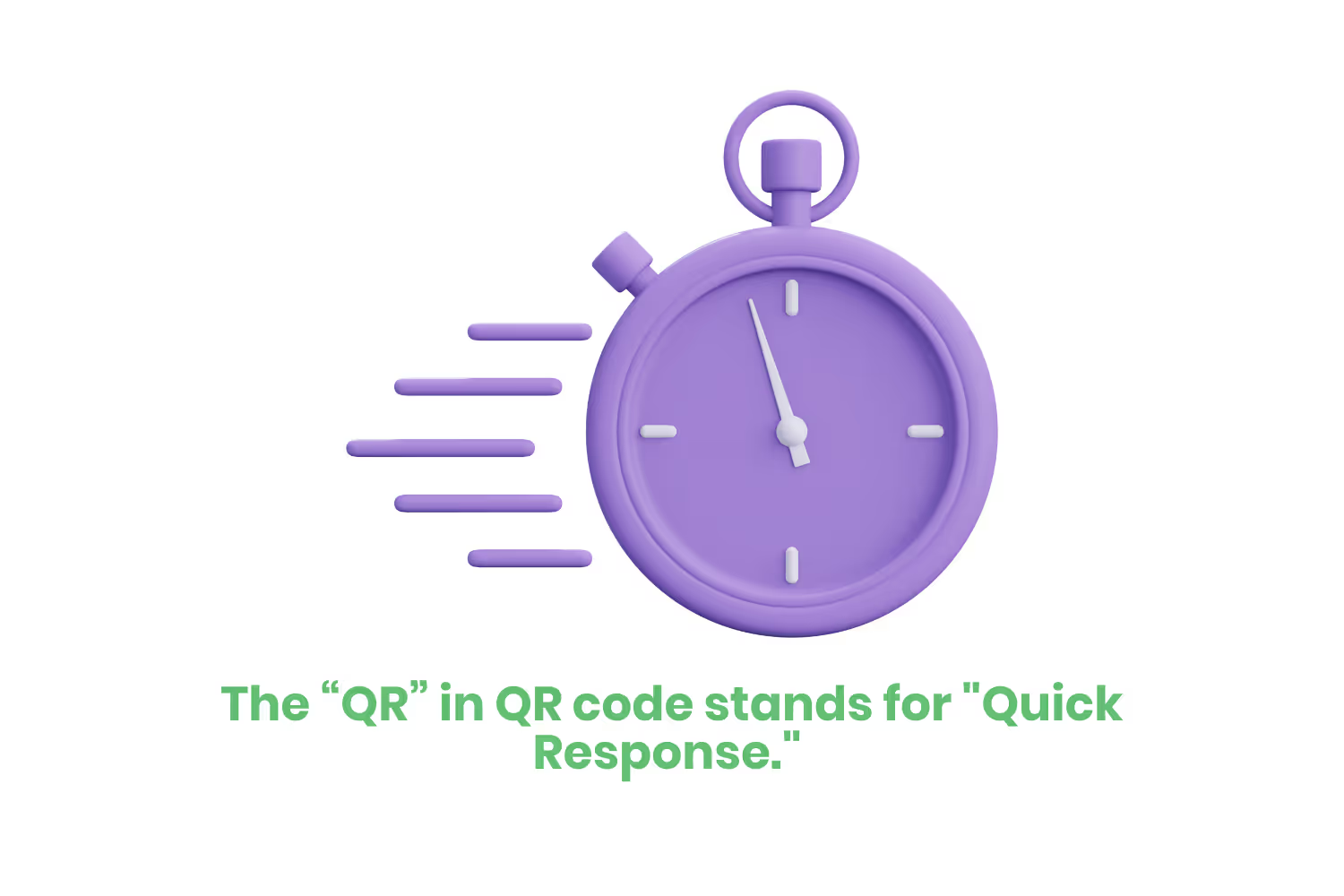
Because of the simplicity and convenience of having so much information at one’s fingertips, these codes are often used in marketing and advertising campaigns. They have also played an important role in helping healthcare providers better care for their patients.
Usage of QR Codes in Healthcare
QR codes offer a great solution for streamlining healthcare operations. Some benefits of incorporating this technology in a hospital or other healthcare facility include improving communication, upholding patient identification and confidentiality, managing assets, and more. Let’s look at some reasons you should consider implementing QR codes into your practice (if you haven’t already).
1. Patient Identification
Believe it or not, patient misidentification in the medical field happens even to this day. This can lead to incorrect diagnoses, medication errors, and in some cases even death. Nearly
250,000 people die from medical errors every year, according to a John Hopkins study. So it’s important to ensure accurate patient identification in all healthcare departments.
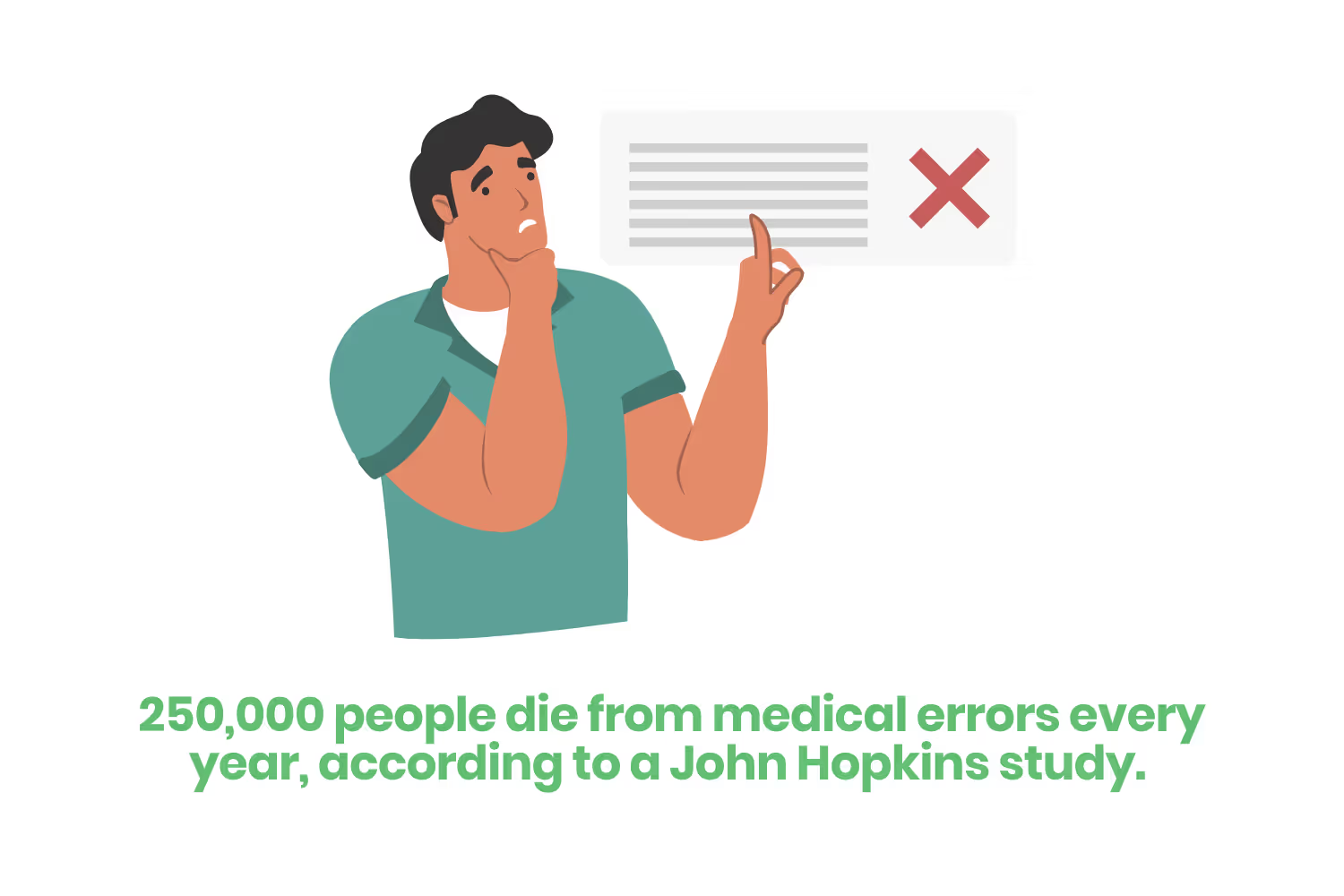
QR codes help keep tabs on patients’ healthcare information through a relatively quick and painless system. For example, healthcare providers can track and manage their patients with a simple scan of their personalized QR code on their wristband while in a hospital setting. This ensures accurate check-in and check-out times, up-to-date medical history, and what drugs or services the patient received during their stay.
Of course, this is not an exhaustive list of what QR codes can offer in a hospital setting, but what’s important to remember is that with this code, anyone who interacts with the patient has access to important information that helps avoid medical errors.
2. Drug Safety
Did you know that more than 10% of pharmaceuticals in the global supply chain are counterfeit? Criminals will mimic branded drugs that are often more expensive on the market, and use either fake ingredients or real ones after their expiration date.
QR codes are incredibly helpful in maintaining the authenticity of pharmaceutical drugs. Medicine now comes in packages with QR codes on them. This helps to ensure that the medication is from a legitimate manufacturer and contains helpful information such as the expiry date, and contents of the drugs.
Medical administration can also find proper dosage amounts for medication through QR codes. This along with the ability to access the timing of medication administered, and how to administer said medication helps further prevent medical errors.
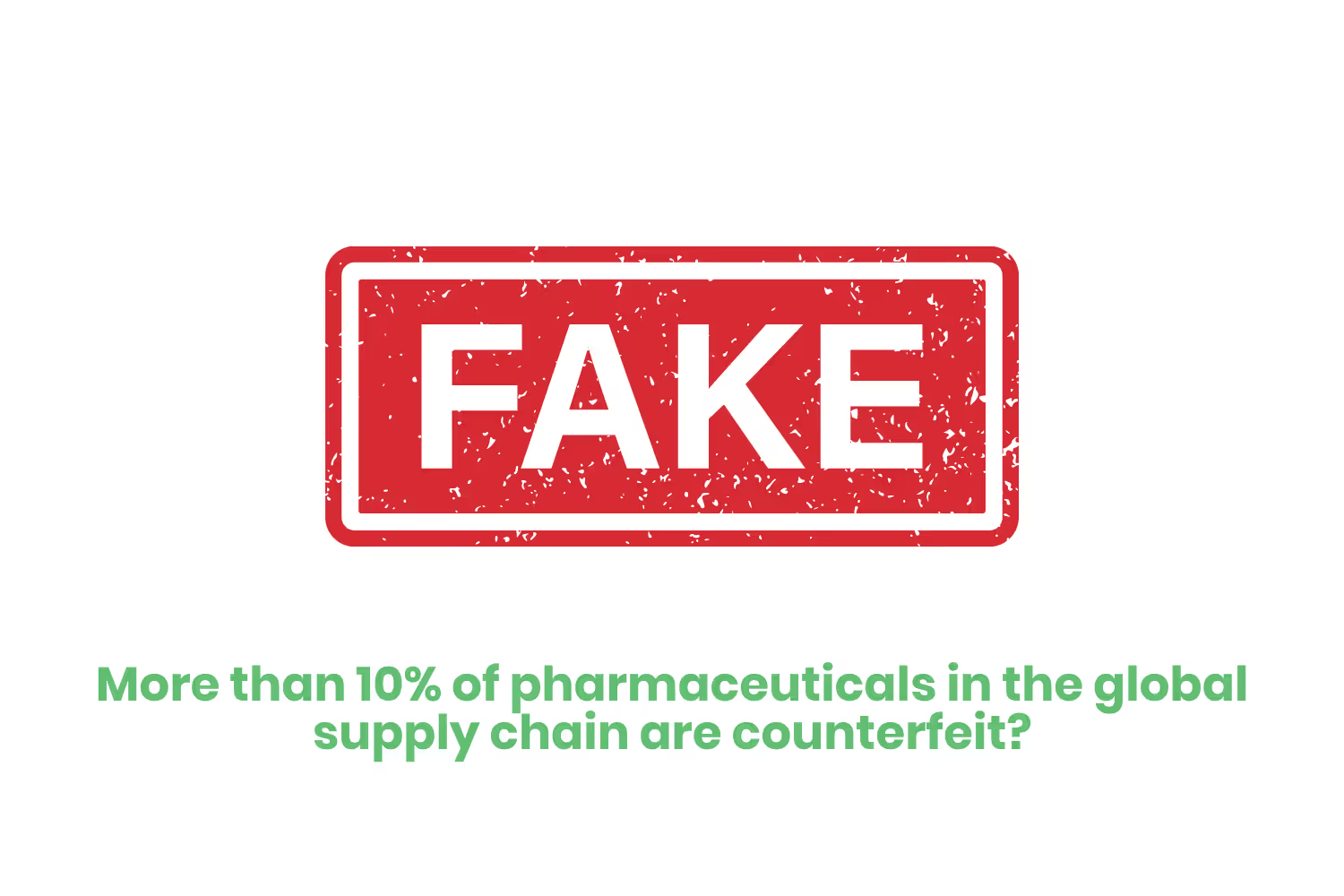
3. Medical Equipment Information
Much like medications, healthcare professionals use QR codes placed on equipment to help track, monitor and record maintenance. Because there is a large and diverse range of medical equipment, QR codes help staff by storing this helpful information.
A healthcare provider has the power to scan a QR code and access a landing page with extensive information on whatever technology they are working with.
There you can find:
- Manuals.
- Operating instructions and videos.
- Information on equipment set-up.
- Alerts in case of malfunction or need for replacement.
These digital manuals eliminate the need for tedious pamphlets and physical books, saving space as well as time when searching for a specific section.
To provide the most effective delivery of care, hospitals and other health facilities are dependent on the equipment they use. To be able to seamlessly operate each system with confidence makes for better patient engagement and reduces stress for the provider.
4. Asset Management
Medical facilities handle many assets, including:
- Tests.
- Equipment.
- Devices.
- Samples.
When managing these assets, health professionals must track and document everything to avoid mismanagement and/or errors. This of course is easier with the use of QR codes… or I wouldn’t be mentioning it.
Also, medical instruments and devices are expensive and difficult to recover. Avoiding the wasteful use of equipment will help your bottom line.
Luckily, the use of QR codes helps simplify asset management which can be time-consuming, laborious, and prone to human error. These codes help track assets in real time and update numbers. Not only this, but they can also alert operators in case of emergency and help send feedback. All of this just by pulling out your phone and scanning a little box!
5. Procedure Information
A study reports that patients tend to remember only about 49% of the information their doctors give them. To ensure an effective treatment plan, providers must ensure that patients understand their diagnosis and the treatment itself.
QR codes given on patient pamphlets can reduce the likelihood that patients will misinform themselves. Think of Google - I hope this doesn't affect my SEO, we love you Google! Anyway, what does everyone tell you not to do when it comes to your health? Don’t look up symptoms on Dr. Google. The same goes for treatments! If you don’t remember what your doctor said, it’s best to call and ask for an information refresher.
But if you have social anxiety like myself, QR codes can give you peace of mind that you will get the correct information without needing to call your doctor’s office… again. These codes can link to information about the medical procedure as well as the risks and benefits. Thanks, QR codes!
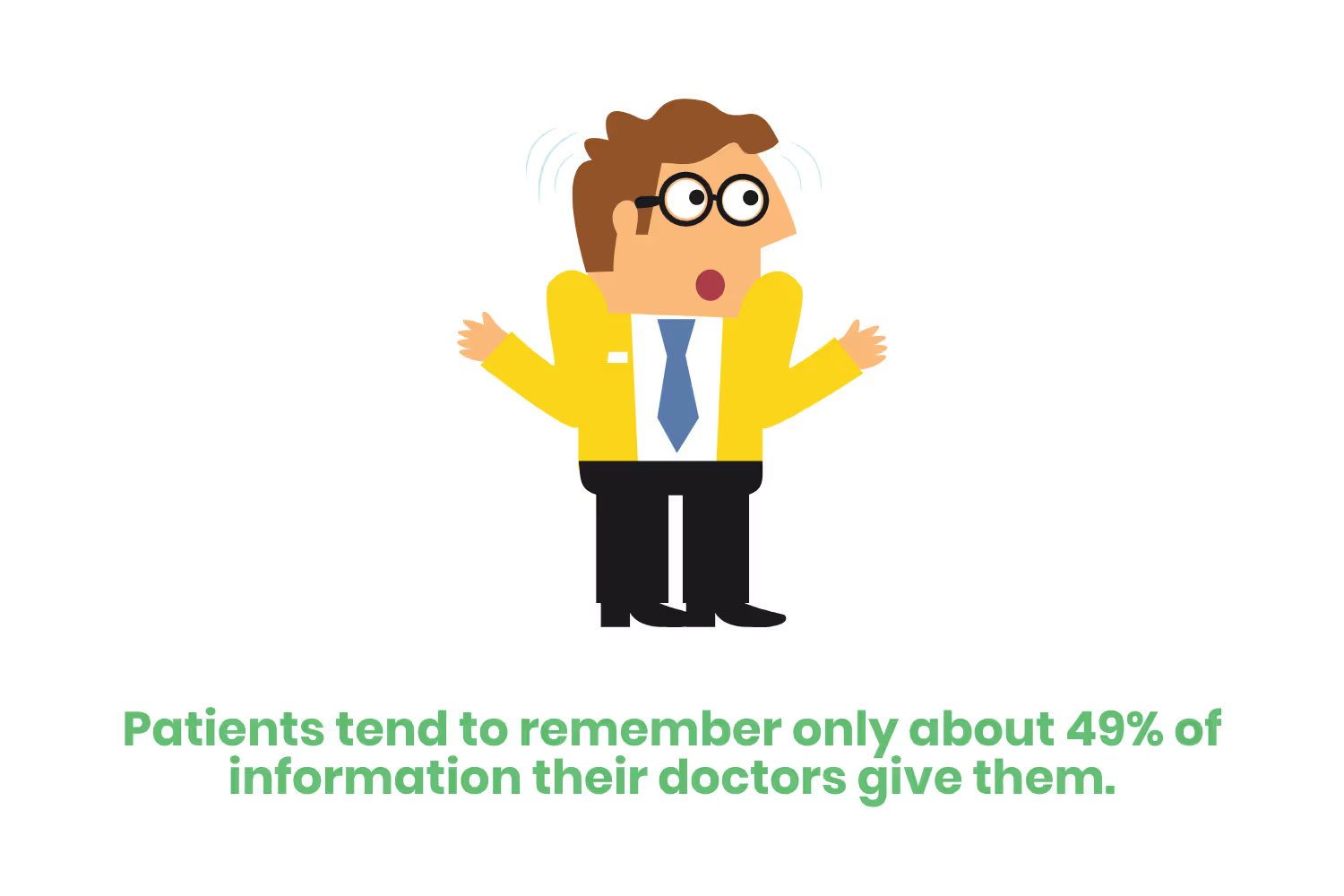
6. Healthcare Marketing
The reality is that most healthcare companies across the country aren’t necessarily known for their savvy marketing practices. However, that isn’t to say that these organizations aren’t starting to come around to current trends and technological efforts in the field!
Including QR codes on brochures, leaflets and bills can give visitors and patients of a healthcare facility helpful information such as:
- Hospital infrastructure.
- Cleanliness.
- Success stories.
- Other methods to treat patients.
The use of QR codes doesn’t stop there. Some other marketing materials that are starting to incorporate QR codes are:
- Emails.
- Newsletters/flyers.
- Online advertisements.
- Billboards.
- Medical publishings (journals/theses).
Increase patient visits, profits, and reputation by utilizing this type of marketing.
7. Health Tracking
I know I’ve been saying this the entire time, but QR codes can be a great asset for many different things. More specifically, you can scan this code to gain access to a patient’s health status.
Tracking the health statuses of patients is helpful due to the nature of certain diseases being unreliable. Meaning that any change of health status in this particular patient needs proper documentation and taken into consideration when administering treatments.
Daily tracking of these patients’ health statuses, medications, dietary instructions, and more is possible through the use of QR codes.
8. Collecting Payment Efficiently
What do we want? The effficiency of payments in healthcare! When do we want it? Now! Including QR codes on monthly statements can mean a quicker return rate on payments to your practice, thus strengthening your revenue cycle.
Simply scanning the code can take your patients to your secure business portal, allowing them to then make a payment quickly and without the assistance of your billing team. This in turn frees up time for your staff to focus on more important ventures.
9. Security
Working in the healthcare industry, I’m sure you understand the importance of security when it comes to information. Take the HIPAA Privacy Rule for example! Compliance both in and out of the workplace is one of the most important factors when working with protected health information or PHI.
So how do QR codes come into play? The good news is that as a technology, QR codes are inherently secure. This is because they simply direct users to a landing page, website, or wherever else you intend for them to go. There’s no PHI or other sensitive information that can come from the QR code.
However, do watch out for fake QR codes created by cybercriminals. These imitate classic email phishing attacks, but instead of clicking a link you are opening a fake QR code. Be mindful of who is sending you this code or where you got it from. If you are unsure of a code and if you should scan it, contact the healthcare facility for reassurance that this is something legitimate.
Conclusion
In the healthcare industry, it’s obvious that QR codes offer plenty of revolutionary benefits. Replacing old paper-based management systems with such technological advancements keeps a practice up to date and able to evolve with the patient's ever-changing needs.
Reducing medical errors, collecting revenue faster, and staying HIPAA compliant are all ways in which QR codes can help your healthcare organization. In a time when everyone is already on their phone anyway, why not take advantage of it? Incorporating QR codes into any business just makes sense.
Emphasize your product's unique features or benefits to differentiate it from competitors
In nec dictum adipiscing pharetra enim etiam scelerisque dolor purus ipsum egestas cursus vulputate arcu egestas ut eu sed mollis consectetur mattis pharetra curabitur et maecenas in mattis fames consectetur ipsum quis risus mauris aliquam ornare nisl purus at ipsum nulla accumsan consectetur vestibulum suspendisse aliquam condimentum scelerisque lacinia pellentesque vestibulum condimentum turpis ligula pharetra dictum sapien facilisis sapien at sagittis et cursus congue.
- Pharetra curabitur et maecenas in mattis fames consectetur ipsum quis risus.
- Justo urna nisi auctor consequat consectetur dolor lectus blandit.
- Eget egestas volutpat lacinia vestibulum vitae mattis hendrerit.
- Ornare elit odio tellus orci bibendum dictum id sem congue enim amet diam.
Incorporate statistics or specific numbers to highlight the effectiveness or popularity of your offering
Convallis pellentesque ullamcorper sapien sed tristique fermentum proin amet quam tincidunt feugiat vitae neque quisque odio ut pellentesque ac mauris eget lectus. Pretium arcu turpis lacus sapien sit at eu sapien duis magna nunc nibh nam non ut nibh ultrices ultrices elementum egestas enim nisl sed cursus pellentesque sit dignissim enim euismod sit et convallis sed pelis viverra quam at nisl sit pharetra enim nisl nec vestibulum posuere in volutpat sed blandit neque risus.

Use time-sensitive language to encourage immediate action, such as "Limited Time Offer
Feugiat vitae neque quisque odio ut pellentesque ac mauris eget lectus. Pretium arcu turpis lacus sapien sit at eu sapien duis magna nunc nibh nam non ut nibh ultrices ultrices elementum egestas enim nisl sed cursus pellentesque sit dignissim enim euismod sit et convallis sed pelis viverra quam at nisl sit pharetra enim nisl nec vestibulum posuere in volutpat sed blandit neque risus.
- Pharetra curabitur et maecenas in mattis fames consectetur ipsum quis risus.
- Justo urna nisi auctor consequat consectetur dolor lectus blandit.
- Eget egestas volutpat lacinia vestibulum vitae mattis hendrerit.
- Ornare elit odio tellus orci bibendum dictum id sem congue enim amet diam.
Address customer pain points directly by showing how your product solves their problems
Feugiat vitae neque quisque odio ut pellentesque ac mauris eget lectus. Pretium arcu turpis lacus sapien sit at eu sapien duis magna nunc nibh nam non ut nibh ultrices ultrices elementum egestas enim nisl sed cursus pellentesque sit dignissim enim euismod sit et convallis sed pelis viverra quam at nisl sit pharetra enim nisl nec vestibulum posuere in volutpat sed blandit neque risus.
Vel etiam vel amet aenean eget in habitasse nunc duis tellus sem turpis risus aliquam ac volutpat tellus eu faucibus ullamcorper.
Tailor titles to your ideal customer segment using phrases like "Designed for Busy Professionals
Sed pretium id nibh id sit felis vitae volutpat volutpat adipiscing at sodales neque lectus mi phasellus commodo at elit suspendisse ornare faucibus lectus purus viverra in nec aliquet commodo et sed sed nisi tempor mi pellentesque arcu viverra pretium duis enim vulputate dignissim etiam ultrices vitae neque urna proin nibh diam turpis augue lacus.



